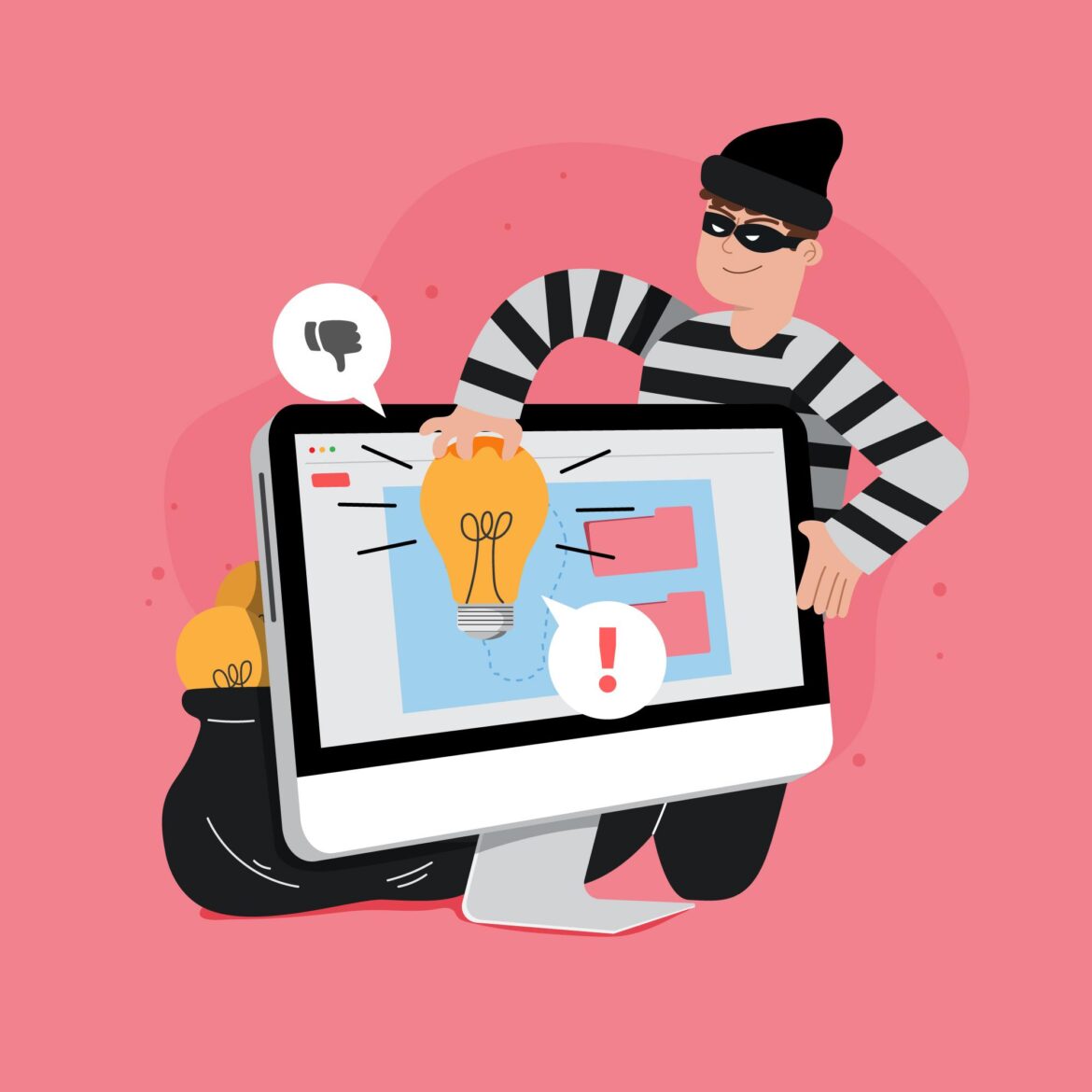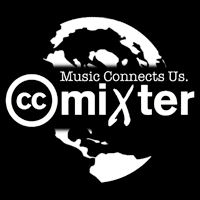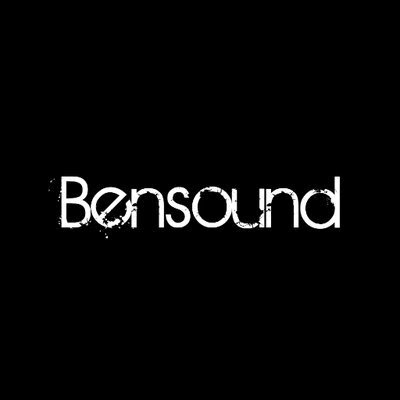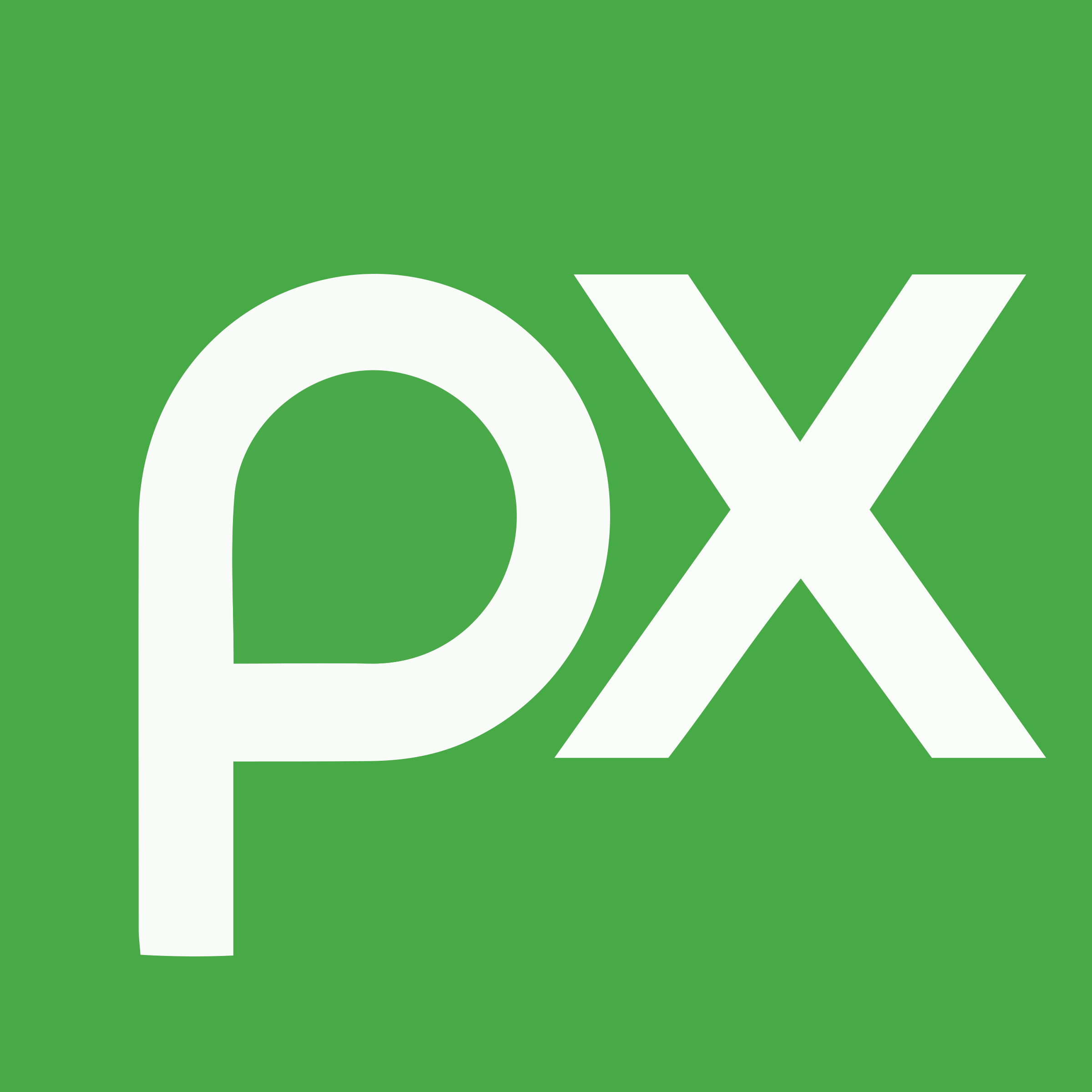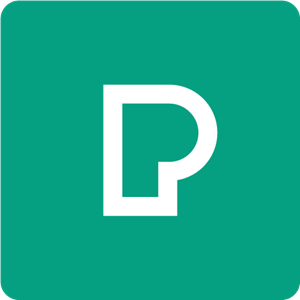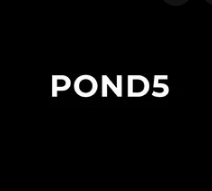The world of intellectual property is very complicated– including copyright and Creative Commons. These would fall under digital literacy, which we know our students, and really everyone needs. Let’s explore links that break down the main terms for various media. It is important to understand the different types of attribution and when to use it.
A Quick Disclaimer
Although the sites provided below allow for “free” use of their works, always check the FAQs. Some of these are free for individuals, non-publishing, or non-commercial. However, you will have to purchase a license if you decide to use works for business, commercial, or other means (publicly or for monetization, for example). Lastly, at any point, if you see a watermark, do not use the work, as this indicates it is copyrighted material. Other stock photo sites will use their watermark (such as Shutterstock).
Important Terms
U.S. Copyright
Copyright is a license covered by U.S. law that protects intellectual property and authorship of different works of art and media. With copyright protection, the author/creator/developer can enforce how their content is distributed, shared, used, and monetized. Material, whether art, media, or other, does not have to be published. Copyright is the strictest license and can lead to fines. It can be legally enforced. A recent case out of Houston revealed a violation of copyright. In order to use any copyrighted material, you need to write for permission from the author for Use. Also, the Digital Millennium Copyright Act (DMCA) falls under this category and the TEACH Act for online learning.
Fair Use
Under Copyright law, there is Fair Use Doctrine. Fair Use allows for copyrighted material to be used under specific circumstances such as scholarship and teaching without acquiring the necessary permission. There are restrictions such as protection for the teacher, not the students. Also, depending on the material or work being used or replicated, there are restrictions on how much can be used. For instance, if you want to share a book with your class, you can. But you are limited to around 10% of the total work. This ensures using these materials for teaching purposes and not for creation, publication, assignments, or other reasons.
Creative Commons USA
Creative Commons is a kind of license that is open and flexible. This means that media licensed under Creative Commons is more available to share and reproduce by others. This kind of license provides broader, less-restrictive permissions. Creative Commons was quickly developed in the digital age to respond to people who wanted to share their work. Several attribution licenses are associated with Creative Commons, so be sure to check those out before sharing. The key concept to remember is that we should be looking toward OPEN availability in this digital age– just like Open Educational Resources (OERs), access, and media.
Public Domain
Public domain refers to materials or works that do not have copyright protection. This could happen for a couple of reasons, such as the work being created before the existence of copyright law or the copyright protection on the work has expired. For instance, anything published prior to 1925 is now open to all (unless copyright has been extended). If you are interested in an exciting story, the happy birthday song we all sing went through some public domain/copyright problems. It has been in the public domain since 2017.
Other Examples of Public Domain Works:
- Project Gutenberg: 60,000+ downloadable eBooks (expired copyright)
- Metropolitan Museum of Art: more than 400,000 images
- Prelinger Archives: public domain films
Royalty Free
When works are used and no royalties need to be paid, they are considered royalty free. But be careful, as royalty free does not mean free to use or not copyrighted. For example, you may have to pay for the license but not the royalties.
Stock Images
Another term to be wary of is “stock.” In general, you will want to find images from a repository site, such as the ones below, or from Google images. You will need to filter for the non-copyrighted material. You do not want to use an image you find posted on a blog, website, or other individual’s site. That is copyright infringement. Remember, when you know the image is copyrighted, it does not matter if you cite it. It is still against the law. You will need their permission to use it.
Free Music, Image, and Video Resources
Music
Images
Videos
Tip: When using Google, you can find Creative Commons images in the image database. Narrow your image search by clicking on Tools and then Usage Rights. Select Creative Commons licenses.

I hope you find this information helpful and useful in your work. If you have any insights to add, please drop them in the comments.

